What is Microfiber?
Microfiber is a synthetic material made from extremely fine fibers, typically polyester, nylon, or a blend of both. These fibers are finer than a strand of silk — often less than one denier in diameter. This microscopic fineness gives microfiber its softness and tightly-woven nature.
There are two primary types of microfiber used in textiles:
Split microfiber (high absorbency and softness; ideal for cleaning and bedding)
Non-split microfiber (less absorbent, more durable; used in industrial applications)
When used in quilts, microfiber usually refers to the outer shell or fabric, and sometimes the filling.
Advantages of Microfiber Quilts
1. Softness and Comfort
Microfiber is known for its smooth, silky feel, which mimics high-thread-count cotton. This makes microfiber quilts comfortable and luxurious against the skin.
2. Lightweight Yet Warm
Despite being lightweight, microfiber can trap heat effectively. This makes microfiber quilts warm without being heavy — ideal for year-round use, especially in mild to moderate climates.
3. Hypoallergenic
Microfiber is non-organic, meaning it's resistant to dust mites, mold, and allergens. It's an excellent choice for allergy sufferers.
4. Durability
Microfiber is tightly woven and resists tearing, pilling, and fading over time. It holds up well to frequent washing.
5. Low Maintenance
Machine washable and quick-drying
Doesn’t wrinkle easily
Stain-resistant due to its tight weave
This makes microfiber quilts ideal for everyday use, student dorms, and guest bedrooms.
6. Affordability
Microfiber quilts are generally more affordable than those made from natural fibers like cotton, wool, or down.
Drawbacks of Microfiber Quilts
1. Less Breathable
While microfiber traps heat well, it doesn’t allow air to circulate as freely as cotton or linen. This can lead to overheating, especially in hot or humid climates or for hot sleepers.
2. Environmental Concerns
Synthetic Origin: Microfiber is petroleum-based and not biodegradable.
Microplastic Pollution: Washing microfiber fabrics can release microplastics into the water system.
3. Moisture Retention
Microfiber is moisture-wicking but not absorbent like cotton. It may feel clammy in humid conditions or during night sweats.
4. Static Buildup
It can generate static electricity, which might attract lint or pet hair and cause minor discomfort in dry environments.
Comparison with Other Quilt Materials
| Feature | Microfiber | Cotton | Wool | Down/Feather | Bamboo |
|---|---|---|---|---|---|
| Softness | High | High | Moderate | Very High | High |
| Warmth | Moderate to High | Moderate | High | Very High | Moderate |
| Breathability | Low to Moderate | High | High | High | Very High |
| Hypoallergenic | Yes | Sometimes (organic) | Yes | No (often allergenic) | Yes |
| Durability | High | Moderate | High | Moderate | Moderate |
| Environmental Impact | High (negative) | Low | Low | Moderate to High | Low |
| Price | Low | Moderate | High | High | Moderate to High |
Ideal Use Cases for Microfiber Quilts
Budget-Conscious Buyers: Students, renters, and those setting up temporary accommodations.
Low-Allergy Households: Ideal for children or adults with dust or pollen allergies.
Mild to Cool Climates: Where heat retention is more important than breathability.
Guest Rooms: Easy to maintain and comfortable enough for infrequent use.
Busy Households: Easy cleaning makes microfiber a good choice for homes with kids or pets.
Tips for Choosing a Good Microfiber Quilt
Check GSM (Grams per Square Meter)
75–150 GSM: Lightweight for summer
150–250 GSM: Medium warmth
250+ GSM: Heavy, winter-grade quilts
Look for Brushed Microfiber
Softer and more breathable than standard microfiber.
Inspect the Stitching
Box stitching or diamond stitching helps keep the fill evenly distributed.
Read Labels Carefully
Some microfiber quilts contain polyester fill; others may mix with cotton or bamboo.
Go for Reputable Brands
Cheap microfiber can feel plasticky or shed quickly.
Conclusion: Is Microfiber Good for Quilts?
Yes — with caveats.
Microfiber quilts offer softness, warmth, affordability, and ease of care, making them a great choice for many people. However, their reduced breathability and environmental footprint are worth considering.
Best for:
Budget-friendly, easy-care bedding
Cold sleepers
Allergy-prone individuals
Not ideal for:
Eco-conscious buyers
Hot climates or hot sleepers
If you’re choosing a quilt based on practicality and price, microfiber is a solid option. For luxury, eco-friendliness, or high-performance warmth and cooling, you might want to explore cotton, bamboo, or natural fill alternatives.





 Français
Français Español
Español Deutsch
Deutsch
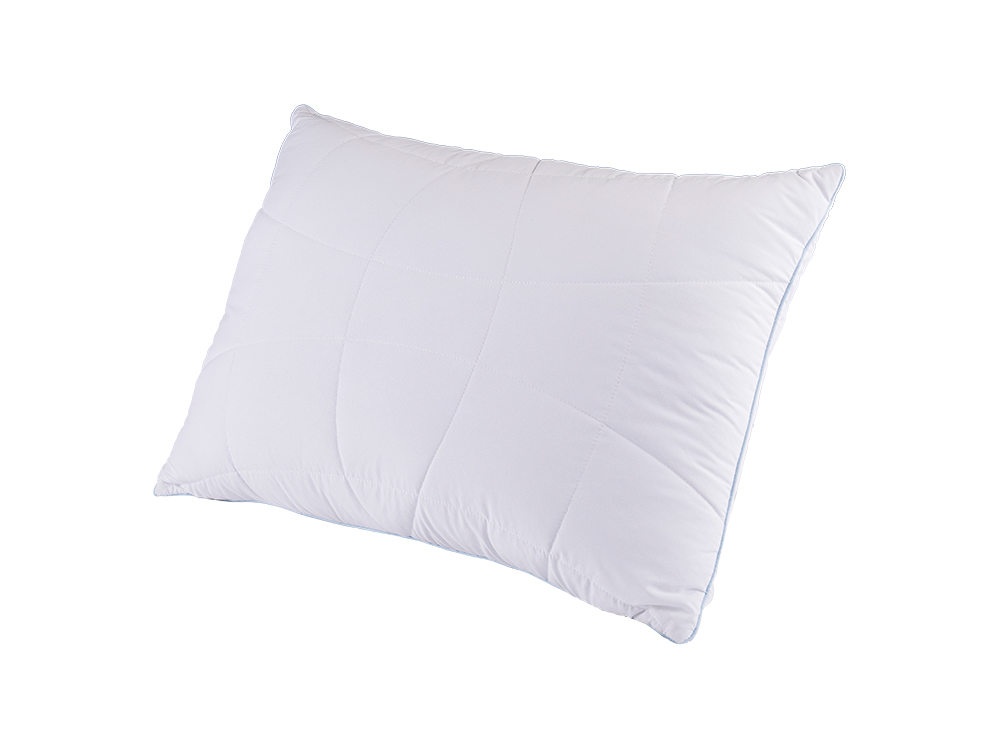
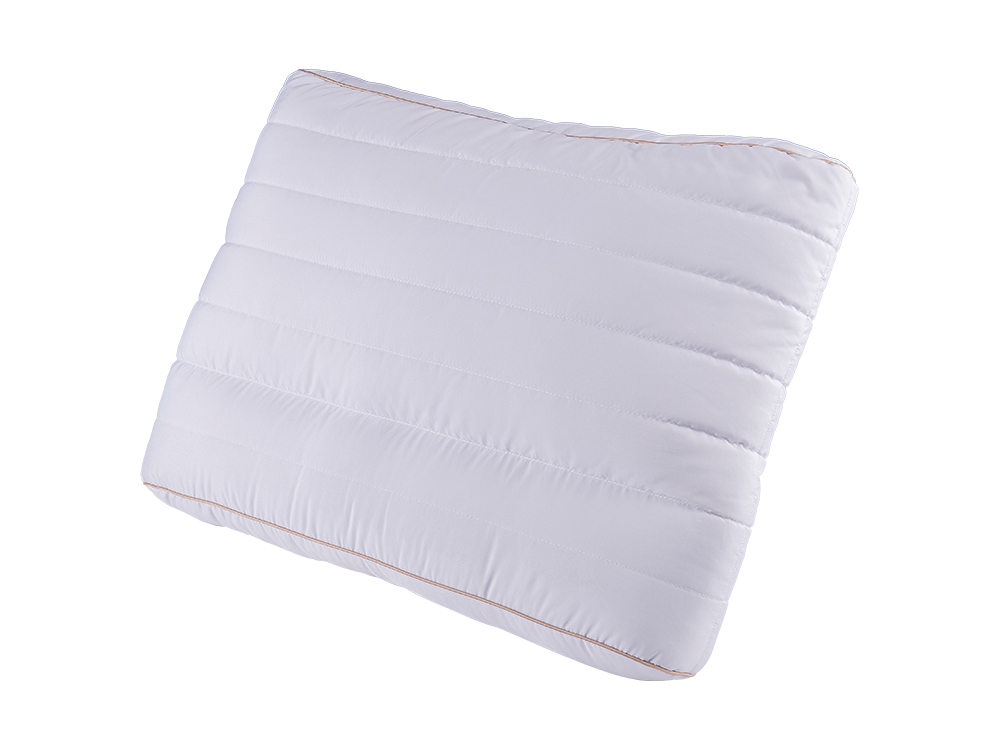
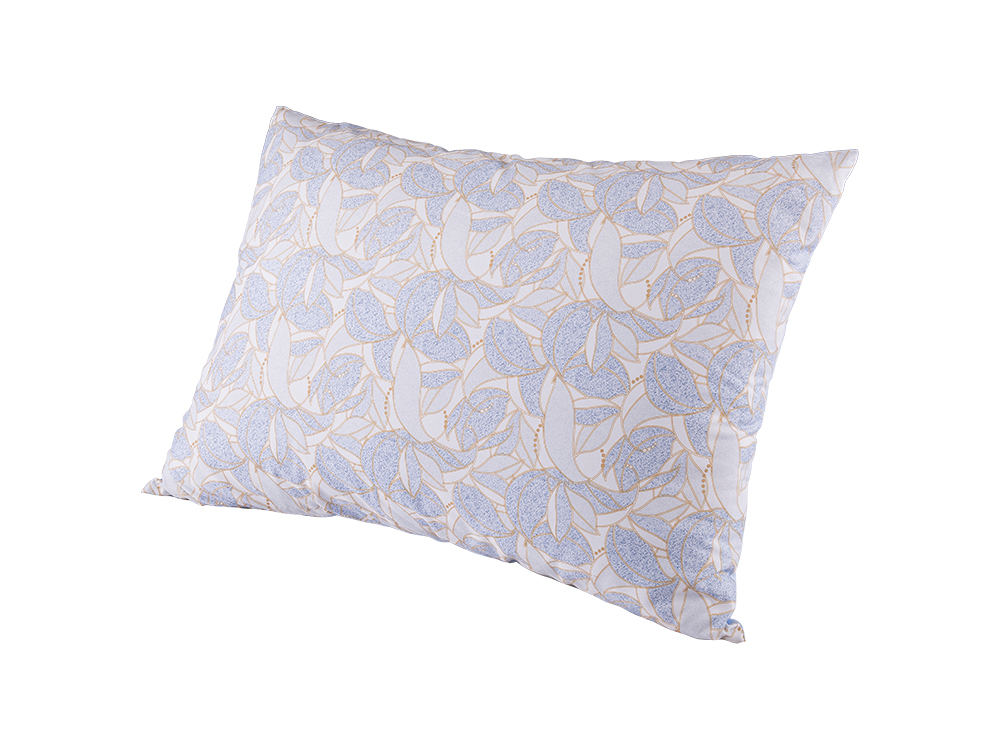

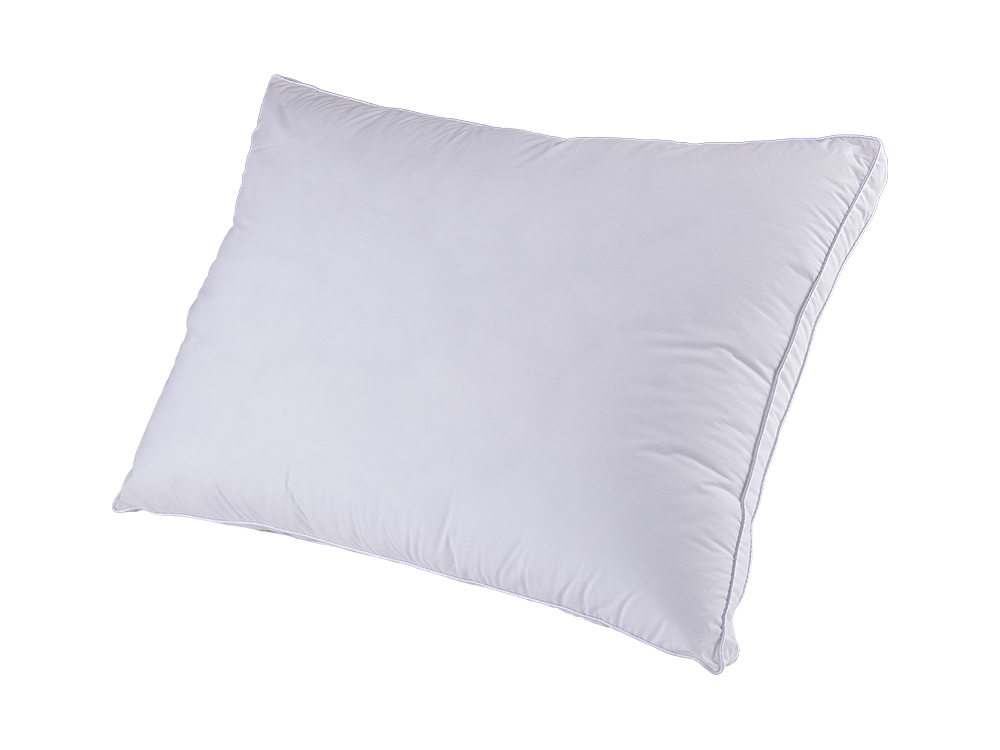
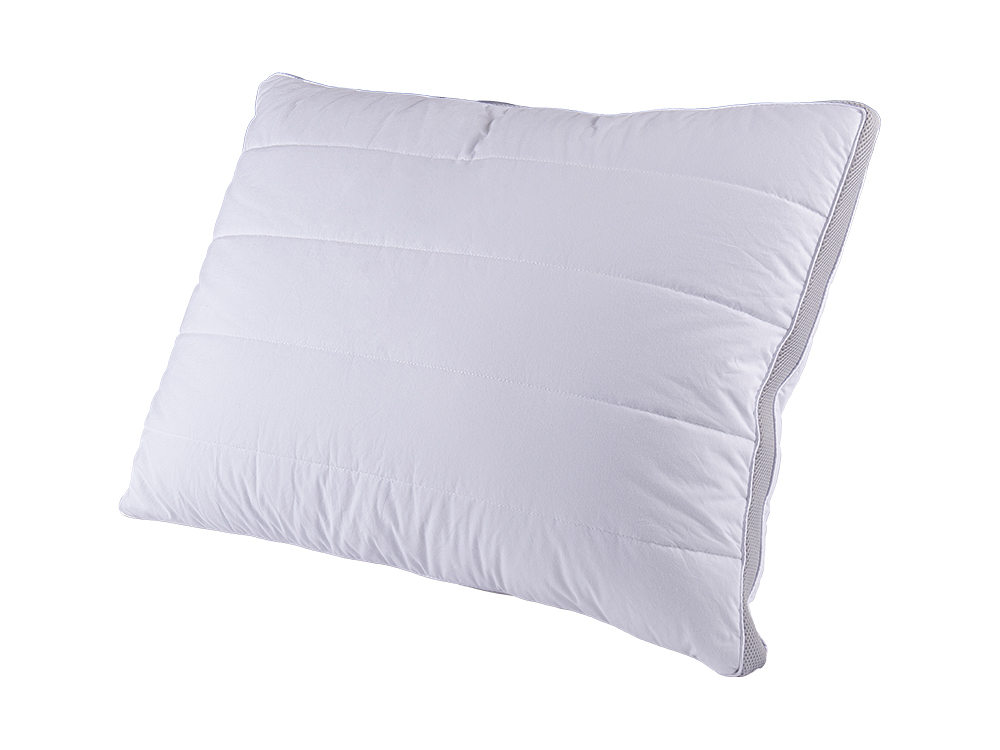
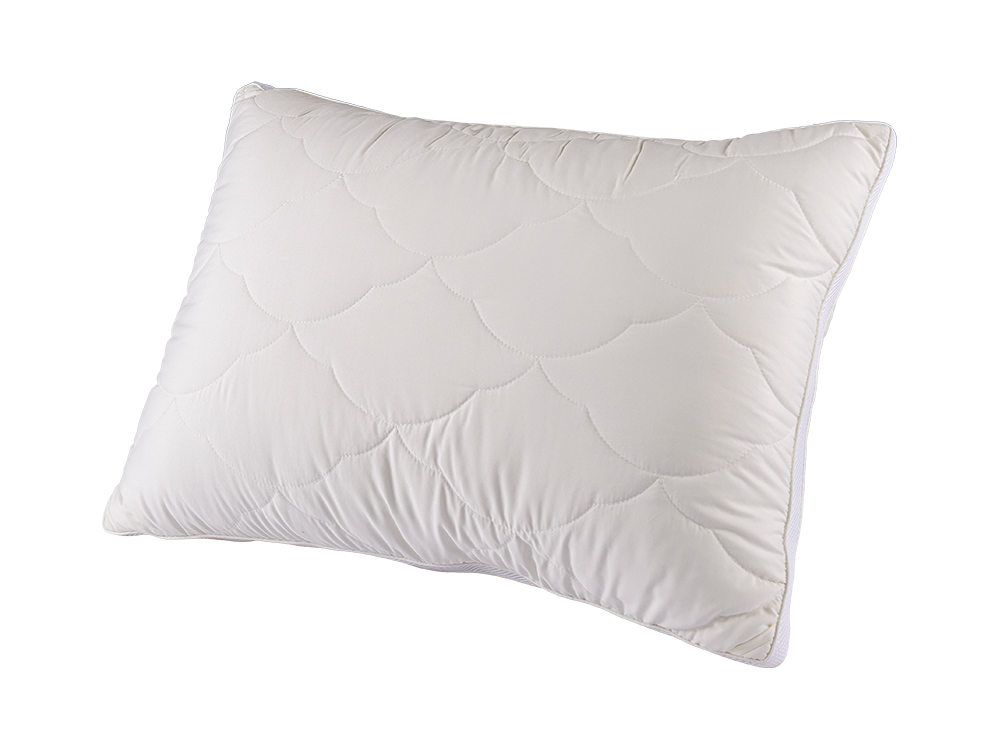
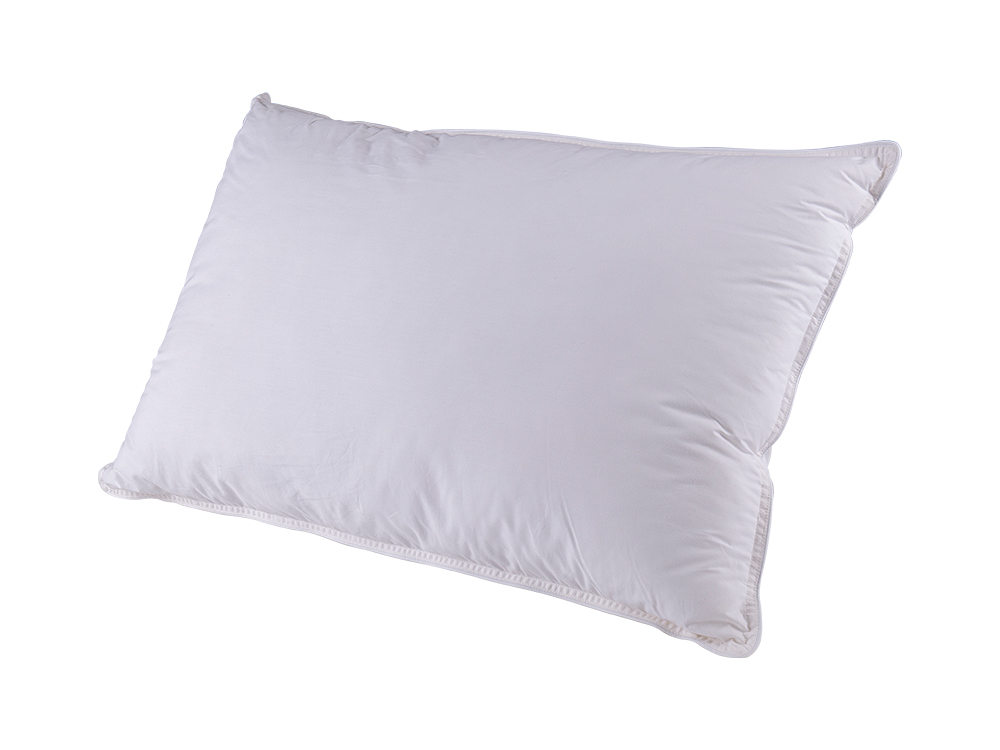
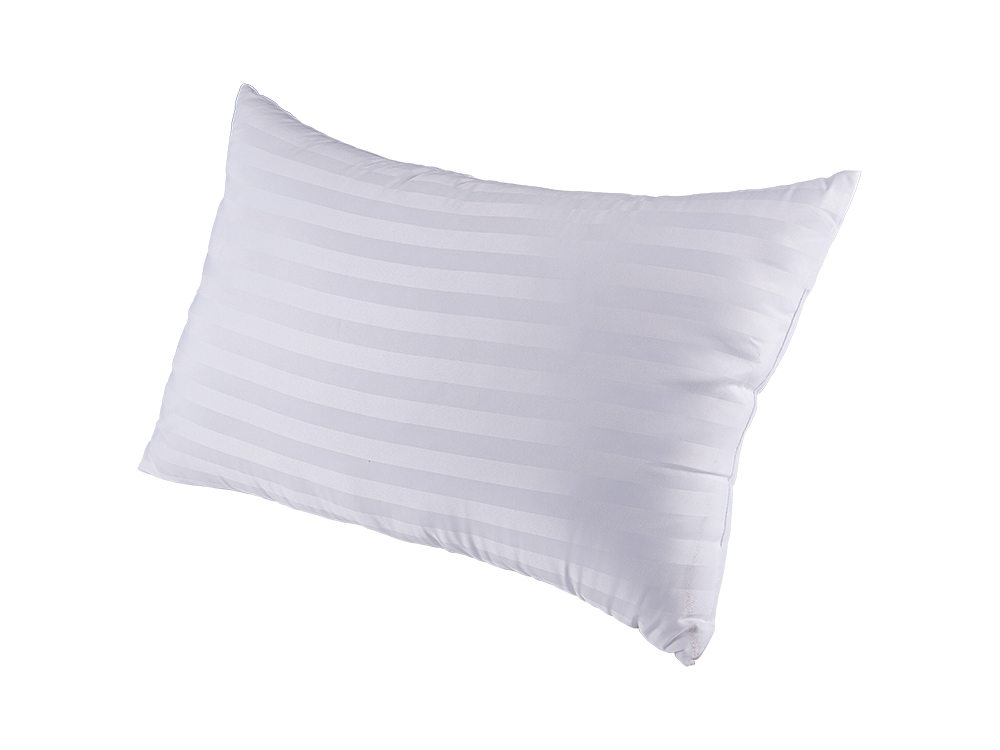
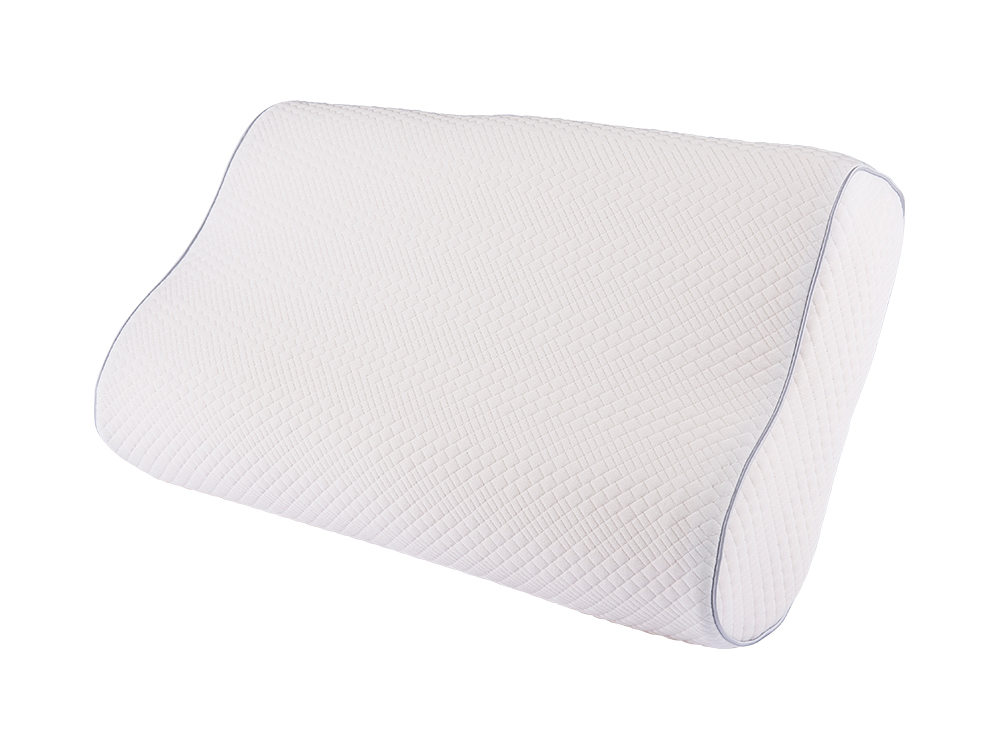
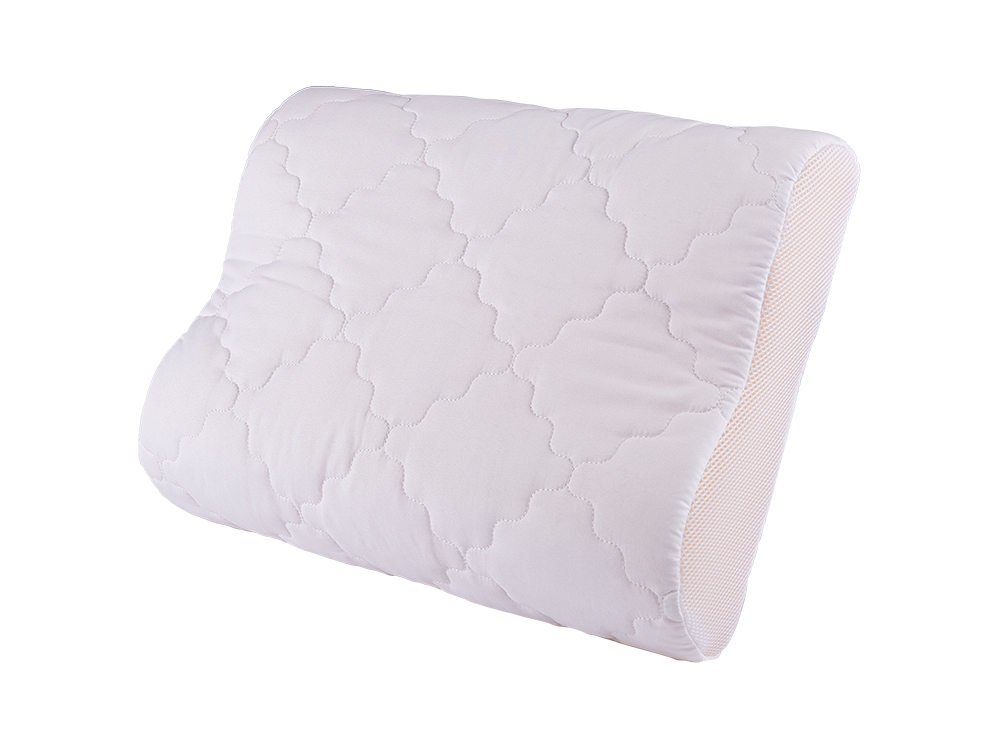

 +86-573-88798028
+86-573-88798028